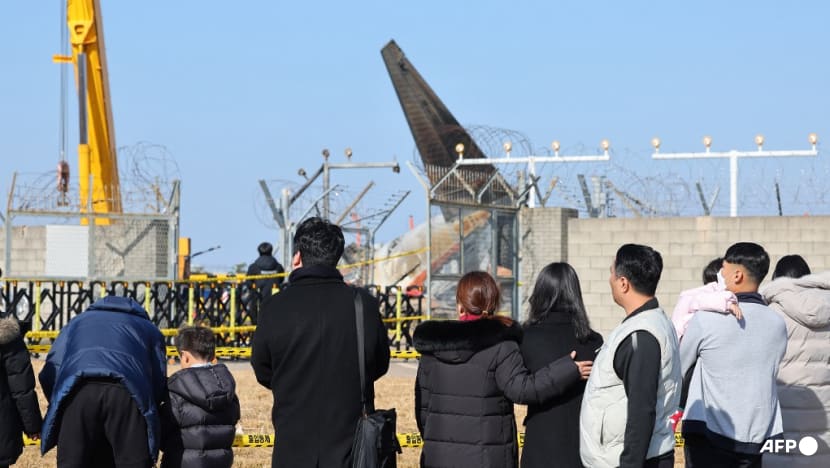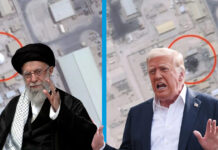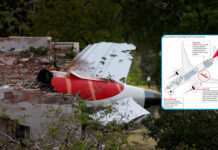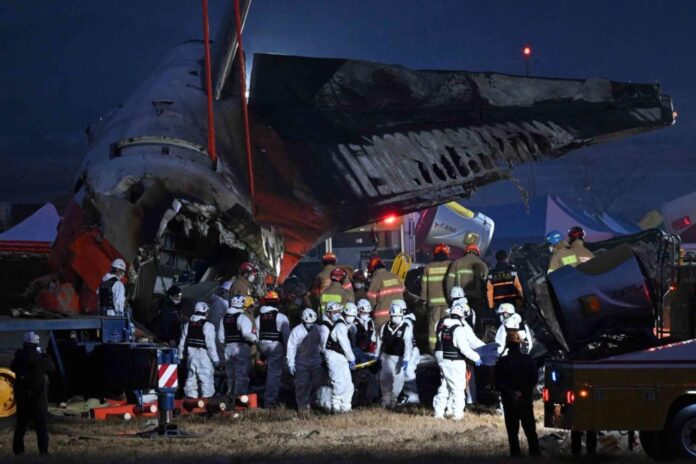South Korea is still reeling from its deadliest aviation disaster, as investigators work to uncover the causes behind the Jeju Air crash that claimed 179 lives at Muan International Airport. The Boeing 737-800, carrying 181 passengers and crew from Thailand, issued a mayday call before belly-landing and erupting into flames.
Black Box Analysis Crucial to the Investigation
Both aircraft’s black boxes were recovered. The preliminary data of the cockpit voice recorder were successfully extracted, and it was converted into an audio format for analysis of communications between the pilots. The flight data recorder is damaged severely. The South Korean Civil Aviation Ministry confirmed that it would be forwarded to the United States for further analysis as its domestic recovery seemed impossible.

This collaboration between the U.S. National Transportation Safety Board and Boeing would provide critical insight into the moments prior to the crash. The investigation will be interested in mechanical issues as well as external factors, that the role of the concrete barrier at the end of the runway plays.
Early Theories and Focus of Investigations
Initial reports speculated that a bird strike might have caused the crash. However, attention has shifted to potential landing gear failure and the interaction between the aircraft and the airport’s infrastructure.
The South Korean authorities have launched a special inspection of all Boeing 737-800 models in operation within the country. According to local media reports, the landing gear had deployed properly on the first attempted landing but failed during the second attempt, resulting in a disastrous crash.
Experts are also analysing the localiser system—a guidance aid mounted on the concrete structure involved in the accident—to establish if it heightened the intensity of the impact.
Tragedy for Victims and Families
Victims were comprised of families, friends, and travellers who were mostly South Korean nationals returning from holidays in Thailand. Only two flight attendants survived, dragged out of the burning wreckage.
The identification of victims has been a painful process for grieving families, as significant damage to the bodies complicated the work of forensic teams. The authorities announced that all victims have now been identified, and their families can hold funerals.

Next Steps
The joint probe with South Korean authorities, investigators from the U.S., and Boeing is going to provide an overall view of the crash. Analysis of black boxes, aircraft mechanical systems, and runway infrastructure will form the basis of the final report.
Altars for memorials are being erected across South Korea for the victims and have become an epitome of national mourning on the tragedy, which has indelibly engraved its mark into the country’s history of aviation. As this probe unfolds, the authorities want to ensure it never happens again in the future.
Stay tuned to Brandsynario for latest news and updates.



































